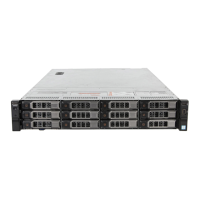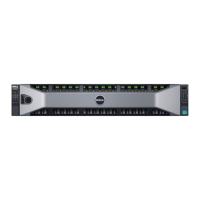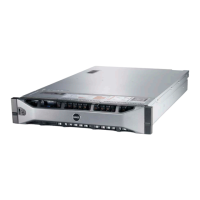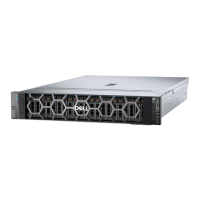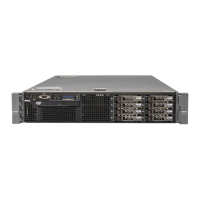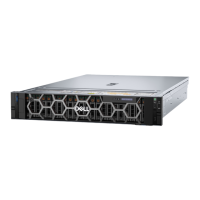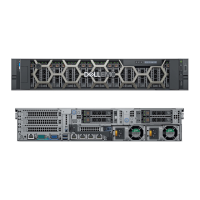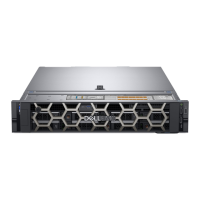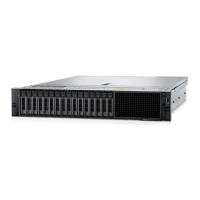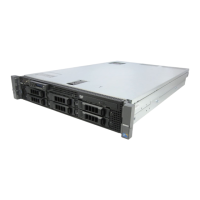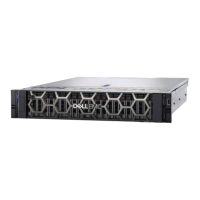Viewing Processor Settings
To view the Processor Settings screen, perform the following steps:
1. Turn on, or restart your system.
2. Press F2 immediately after you see the following message:
F2 = System Setup
NOTE: If your operating system begins to load before you press F2, wait for the system to finish
booting, and then restart your system and try again.
3. On the System Setup Main Menu screen, click System BIOS.
4. On the System BIOS screen, click Processor Settings.
Related Links
Processor Settings
Processor Settings details
Processor Settings details
The Processor Settings screen details are explained as follows:
Option
Description
Logical Processor Enables or disables the logical processors and displays the number of logical
processors. If this option is set to Enabled, the BIOS displays all the logical
processors. If this option is set to Disabled, the BIOS displays only one logical
processor per core. This option is set to Enabled by default.
QPI Speed Enables you to control QuickPath Interconnect data rate settings.
Alternate RTID
(Requestor
Transaction ID)
Setting
Modifies Requestor Transaction IDs, which are QPI resources. This option is set to
Disabled by default.
NOTE: Enabling this option may negatively impact the overall system
performance.
Virtualization
Technology
Enables or disables the additional hardware capabilities provided for virtualization.
This option is set to Enabled by default.
Address
Translation
Service (ATS)
Defines the Address Translation Cache (ATC) for devices to cache the DMA
transactions. This option provides an interface between CPU and DMA Memory
Management to a chipset's Address Translation and Protection Table to translate
DMA addresses to host addresses. This option is set to Enabled by default.
Adjacent Cache
Line Prefetch
Optimizes the system for applications that need high utilization of sequential
memory access. This option is set to Enabled by default. You can disable this
option for applications that need high utilization of random memory access.
Hardware
Prefetcher
Enables or disables the hardware prefetcher. This option is set to Enabled by
default.
DCU Streamer
Prefetcher
Enables or disables the Data Cache Unit (DCU) streamer prefetcher. This option is
set to Enabled by default.
DCU IP Prefetcher Enables or disables the Data Cache Unit (DCU) IP prefetcher. This option is set to
Enabled by default.
Execute Disable Enables you to run the disable memory protection technology. This option is set to
Enabled by default.
58
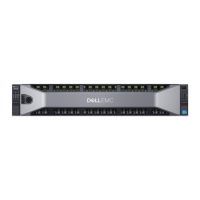
